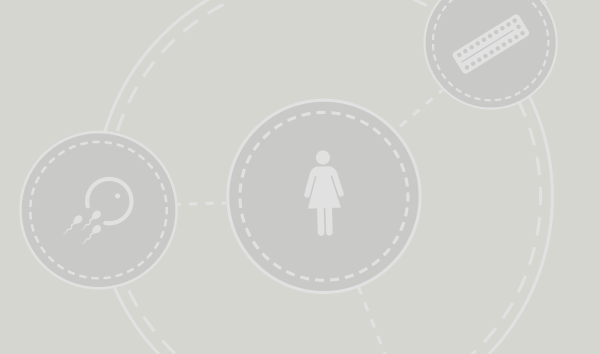Jul 29

Ring User Guide
Explains the basics of how to use the ring.
Help Us Protect Access to Sexual and Reproductive Health Care Today!
Jul 29

Explains the basics of how to use the ring.
Apr 17

This factsheet compares birth control options that contain estrogen and progestin: the pill, patch, and ring.
Apr 16

This clinical guide explains how health care providers can Quick Start contraception.
Feb 04

A tool for health care providers who want to check a patient’s medical eligibility for various forms of contraception as they relate to absolute and relative contraindications.
Jan 15

This sheet answers common patient questions about continuous use of birth control (especially the pill, patch, and ring), skipping periods and explains how to do so safely.
Apr 16

This poster compares birth control choices based on efficacy, cost, side effects, and other patient-focused factors.
Nov 04

This presentation is a teaching tool that was created for a clinical audience to demonstrate medical contraindications to contraceptive use using the CDC Medical Eligibility Criteria for Initiating Contraception.
Nov 03

This presentation is a teaching tool was created for a clinical audience to demonstrate how to use WHO/CDC categories for eligibility, how to counsel patients about contraceptive efficacy for successful prevention of unintended pregnancy and to address systems practices which can affect contraceptive initiation and continuation rates.
Oct 07

This patient fact sheet compares different birth control choices in a colorful and easy to read chart. The methods are organized alphabetically. The sheet includes essential information about each method, how to use, impact on bleeding/menstruation, along with common side effects. Ideal for health centers, doctor’s offices, and school clinics.
May 18

This course from Innovating Education, Structures & Self: Advancing Equity and Justice in Sexual and Reproductive Healthcare, is a learner-led, justice-informed curriculum designed to teach clinical learners to consider how systems of power and legacies of structural oppression impact their care for patients.